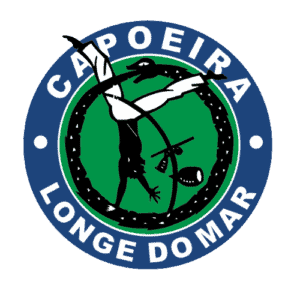What is Capoeira?
Capoeira is a unique Afro-Brazilian art form and cultural expression that seamlessly combines fighting, dance, music and acrobatics. It originated from the resilience and struggles for emancipation of African enslaved people brought to Brazil during colonial times, and over the centuries has become a symbol of resistance, freedom and cultural identity.
Origins & History
Capoeira traces its roots back to the 16th century during Brazil’s colonial era. Enslaved Africans, faced with oppression and yearning for freedom, developed Capoeira as a covert method of resistance. Disguised as something that “looked like a dance”, it allowed them to prepare physically and mentally against their oppressors constant mistreatment while appearing to engage in a harmless activity.
During the 19th century, Capoeira was practiced secretly, especially when it was prohibited by the Brazilian Penal Code. It was often associated with outlaws, bandits, and vagrants. However, the art form’s resilience ensured its survival. Capoeiristas practiced in hidden places, frequently disguising its practice as a cultural expression to avoid persecution.
Capoeira's Evolution in the 20th Century
At the beginning of the 20th century, Capoeira went from being associated with outlaws and vagrants to gradually gaining widespread acceptance in Brazil.
This change was largely influenced by Mestre Bimba, who in the 1930s opened the first formal Capoeira school, calling it “Luta Regional” from Bahia. At the same time, other Mestres like Pastinha were creating their own practice centers and establishing their traditions based on ancestral knowledge. The efforts of these and other Mestres not only legitimized the art form but also laid the foundation for its institutionalization.
In 1937, Capoeira started to be recognized as an official cultural practice and acknowledged as an “authentic national sport”, marking a crucial moment in its history.
Global Expansion and Recognition
The second half of the century witnessed the global rise of Capoeira. Pioneers like Mestre Acordeon in the 1960s promoted its international spread, leading to the establishment of Capoeira communities worldwide.
The 1970s were particularly transformative, with Mestre Jelon Vieira and Mestre João Grande introducing Capoeira to the United States. Their dedication played a crucial role in its international dissemination, with Capoeira schools and communities sprouting across different continents.
Capoeira Today
Today, Capoeira resonates globally and is practiced in diverse settings, from parks to universities. Its unique blend of martial arts, dance, and music, coupled with its rich history, ensures its continued appeal to people worldwide.
Capoeira stands as a testament to human resilience and creativity, serving as a symbol of cultural identity and global unity.


